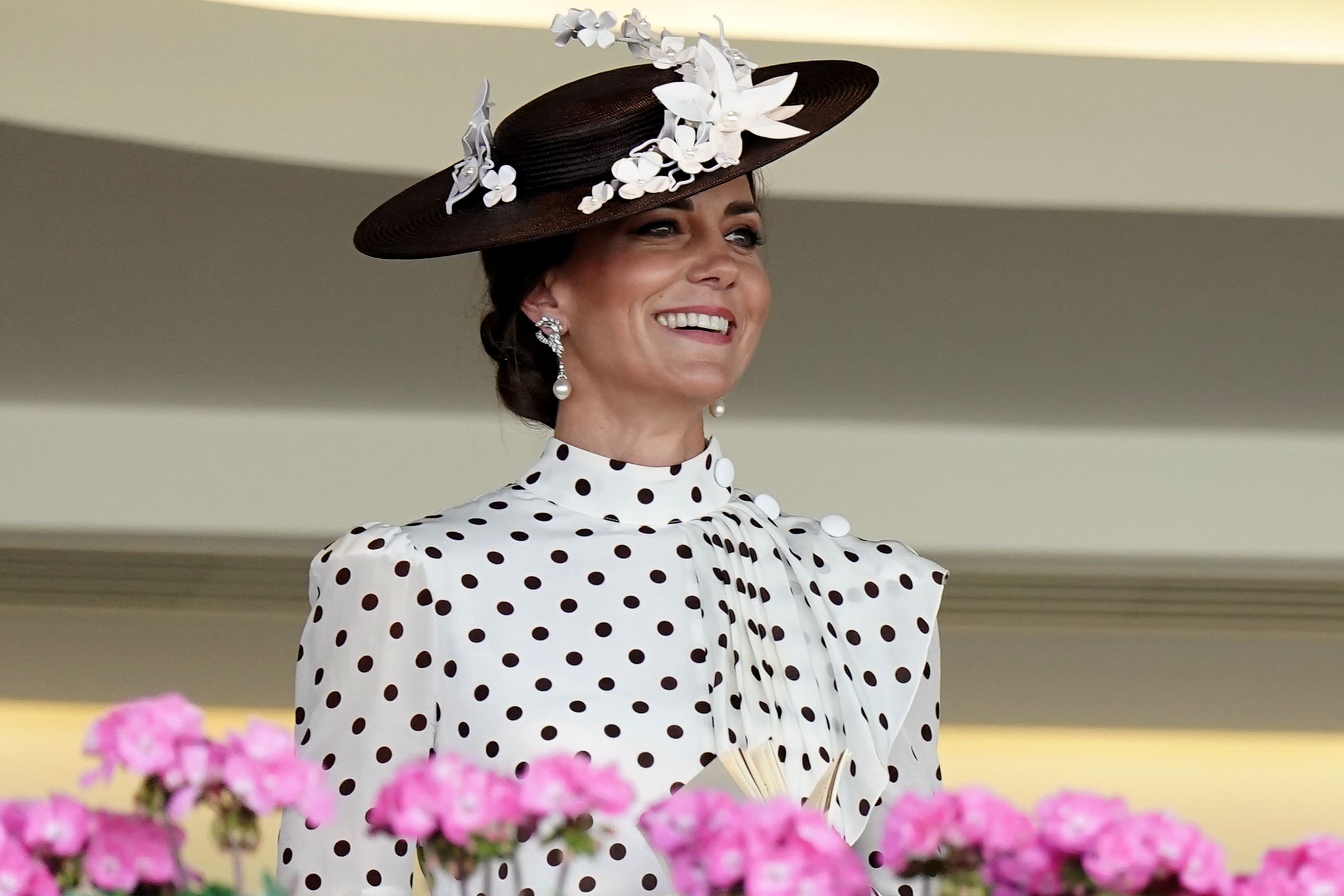As Royal Ascot kicks off, this is the evolution of racing fashion
As Ascot commences, Lara Owen looks at the changing style of race-day fashion.

Your support helps us to tell the story
From reproductive rights to climate change to Big Tech, The Independent is on the ground when the story is developing. Whether it's investigating the financials of Elon Musk's pro-Trump PAC or producing our latest documentary, 'The A Word', which shines a light on the American women fighting for reproductive rights, we know how important it is to parse out the facts from the messaging.
At such a critical moment in US history, we need reporters on the ground. Your donation allows us to keep sending journalists to speak to both sides of the story.
The Independent is trusted by Americans across the entire political spectrum. And unlike many other quality news outlets, we choose not to lock Americans out of our reporting and analysis with paywalls. We believe quality journalism should be available to everyone, paid for by those who can afford it.
Your support makes all the difference.Since its inception, race-day fashion has been as integral to Royal Ascot as its horses.
The Ascot Racecourse was founded in 1711 by Queen Anne. For decades, it’s been a highlight of the fashion calendar, giving royals and British socialites the opportunity to show off their style.
Here’s how the fashion has evolved over the past 100 years…
The royal inception
The roaring Twenties saw the emergence of fanciful flapper dresses. The liberality of the 1920s was reflected in the racing fashion as women’s dresses became shorter and looser.
More comfortable clothing was embraced, which contradicted the grandiosity of the Victorian era. The attendance of royals such as Lord Cecil Manners and his wife demonstrated the nonchalance of Ascot style, broaching a new decade of racing fashion.
Ruffles and riches of the Fifties
Following the utilitarian structures of the 1940s, post-war Ascot saw feminine fabrics and silhouettes reign supreme. The introduction of Christian Dior’s ‘New Look’ saw fuller skirts and cinched waists, allowing guests to elevate racecourse style with exaggerated silhouettes, hemlines and hats.
This was before strapless and sheer dresses were prohibited in the official dress code.
Florals and botanicals became signature styles for the summer season, particularly seen in the late Queen’s outfit to the 1955 event.
Fit and flare in the 1970s
Bold prints, relaxed cuts and a bohemian aesthetic was distinctive of Seventies fashion. Reflected at Royal Ascot, guests began to dress in more laidback ways evocative of the 1920s.
While florals remained a signature staple, women experimented with wide-leg trousers, jumpsuits and excessive floppy hats.
Dubbed the ‘Mascot of Ascot’, hat designer Gertrude Shilling sparked interest for her eccentric and attention-grabbing looks on race day. Her audacious designs were a drastic move from previous styles and marked an era of racing fashion that celebrated individuality and personal style.
Shilling wasn’t the only attendee breaking with tradition, as women renounced dresses in favour of suits, shorts and jumpsuits, after trousers were added to the Royal Enclosure dress code in 1971. Nowadays, shorts are no longer permitted in any enclosure.
The introduction of stealth wealth
Following the exaggerated silhouettes of the Eighties, the 1990s race attire was anchored by Diana, Princess of Wales’ bold yet understated style. Traditional dress codes began to be heavily adhered to, but guests experimented in pushing boundaries by clashing contemporary and traditional pieces.
Characterised by what we now call ‘quiet luxury’, the 1990s combined simplistic and sophisticated tailoring with avant-garde accents. Ascot attendees found ways to incorporate their own personal style into modest ensembles.
Structured silhouettes and fluid fashion
The 2010s saw the acceptance of jumpsuits, and in 2017 fashion designer Daisy Knatchbull became the first woman to wear a top hat and tails in the Royal Enclosure.
As a result, sharp tailoring later became encouraged for women in Ascot’s style guide, reflecting a more androgenous and fluid approach to fashion.
The present day
Royal appearances have become leading sources of inspiration for race-day fashion. The Princess of Wales is a regular face at Ascot, setting trends for vintage prints and silhouettes balanced by monochromatic palettes.
Although the majority of attendees still adhere to its traditionally elegant and conservative attire, guests are certainly becoming more fluid by incorporating skirt suits, asymmetric cuts and structured tailoring into their ensembles.
It seems the 2020s are the years of classic tailoring and individual accents, and 2024 should provide a smorgasbord for unique expression.